Ferrari 250 GT Boano
The Ferrari 250 was available in many variants. GTO, SWB or California Spyder are well-known and extremely valuable. The 250 GTE 2+2 is considered the cheapest way to enter this model series. However, there are also rare offshoots that are only known to true Ferraristi. One example is the 250 GT Boano. This version was built by pure conincidence. Pinin Farina had designed and built the body for the first series of the Ferrari 250 Europa in 1953. For the following second series, the design was again created by them.
Pinin Farina built new halls
In 1954 and 1955 27 of these vehicles were built. In addition there were three racing cars and four show cars with bodies by Pinin Farina and a Coupé by Vignale. This was the most successful road car in the history of Ferrari. What sounds astonishing today led Enzo Ferrari to ask Pinin Farina for a larger series production. He could well use the money from the series cars to finance his racing cars. However, the design house was in a state of flux and was building new production halls in Grugliasco to be able to produce more cars. In 1956, the capacity was only sufficient for ten Ferrari 250 GT. Therefore Ferrari started to look for a good partner to ensure a larger number of vehicles.
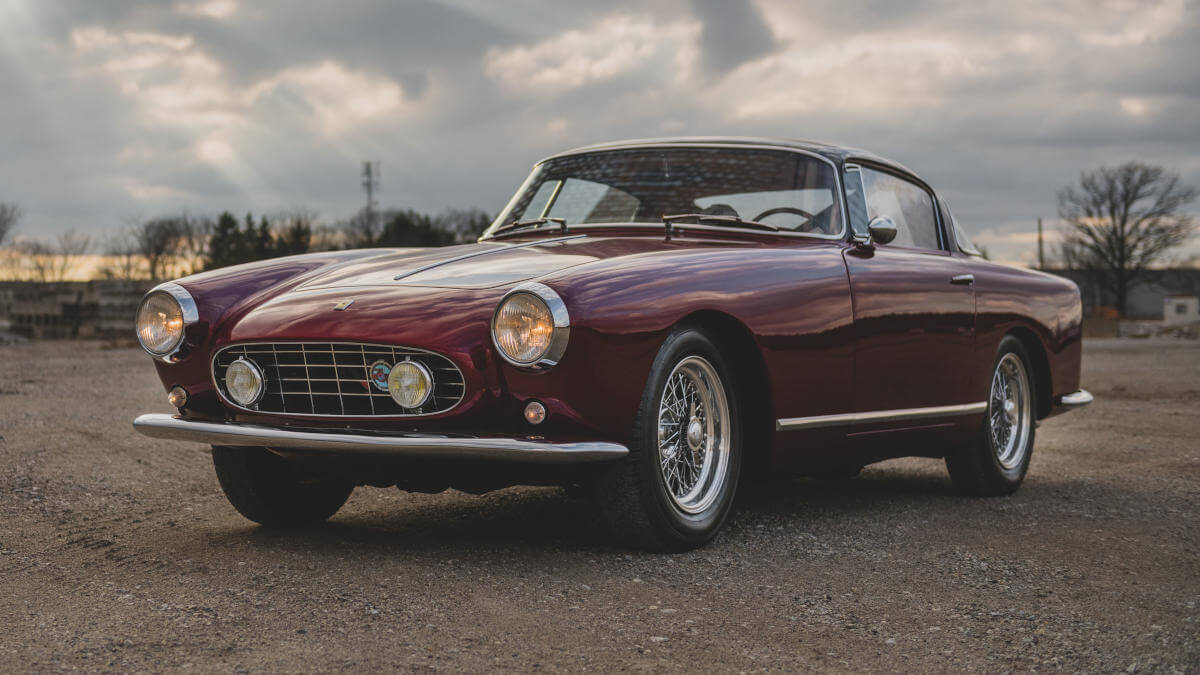







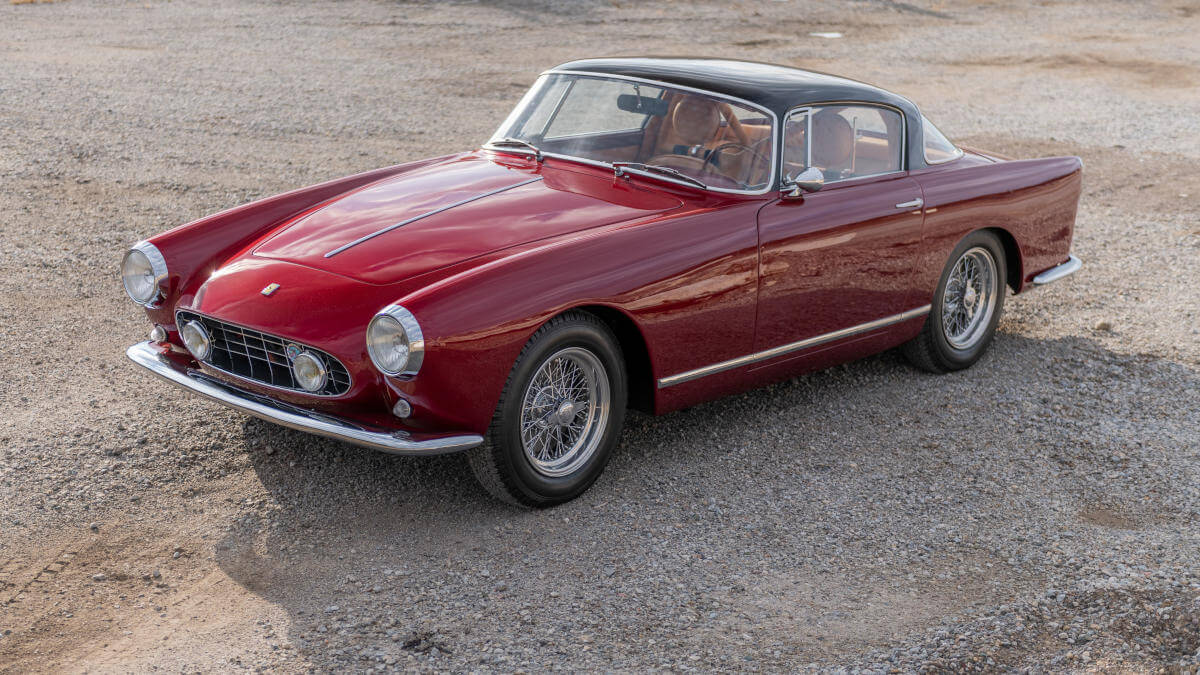











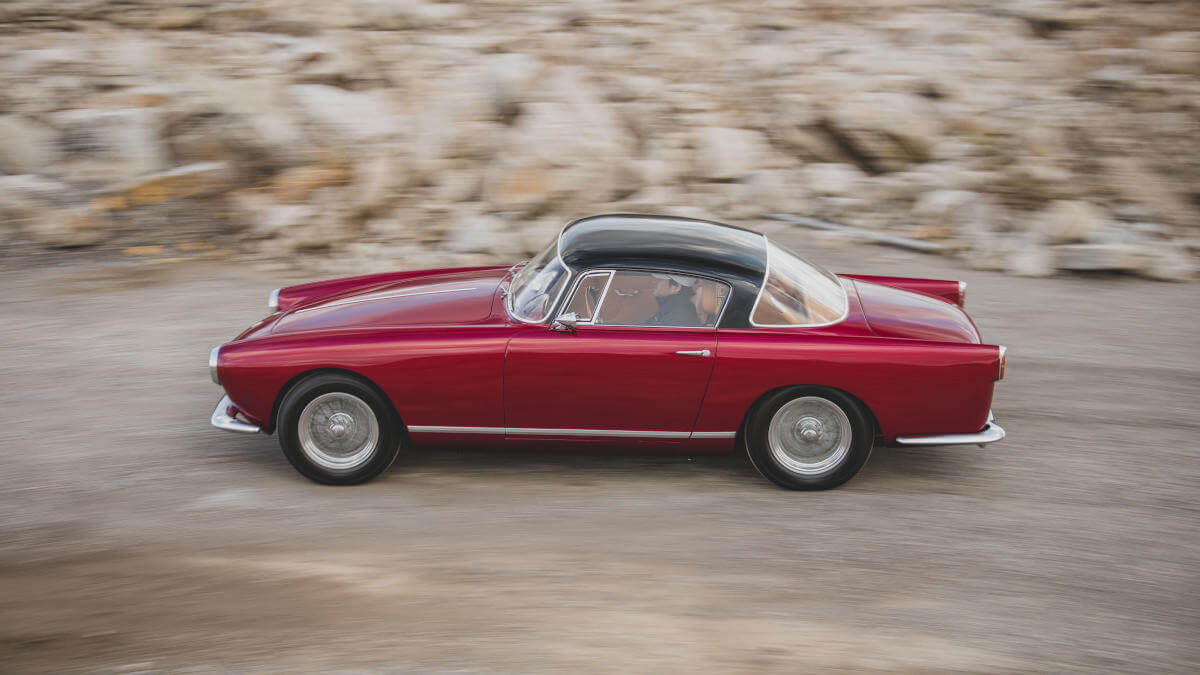



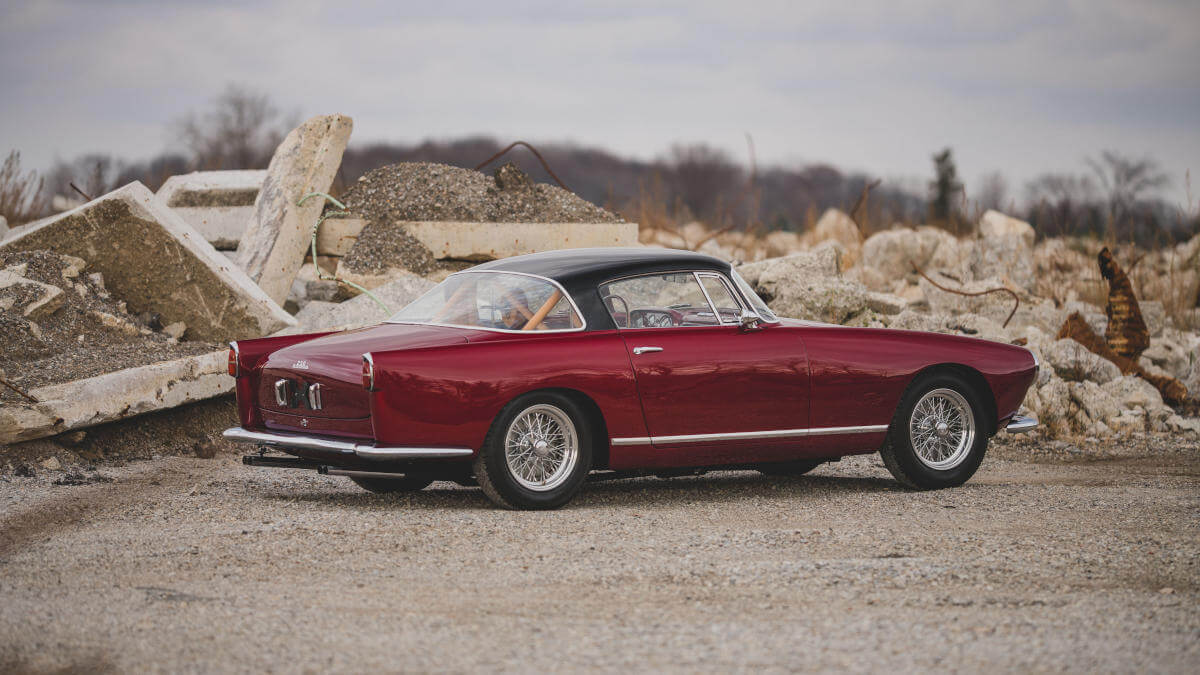











Boano took over for Pinin Farina
They found what they were looking for in the Carrozzeria Boano, which had only just been founded. Mario Felice Boano was previously employed at Vignale and then as chief designer at Ghia. In 1953, after differences of opinion with Luigi Segre, he set up his own business. In addition to the 250 Europa, Ferrari had also presented a 250 Cabriolet with Boano bodywork at the 1956 Geneva Motor Show. The design of the 250 Europa GT was given to Boano for production. He gave the Pinin Farina design somewhat more aggressive rear fenders. The high, almost horizontal waistline ends in small rear fins with integrated taillights. In front of the large trunk a panoramic window closes the lower roof compared to the Pinin Farina version.
Low Roof Coupé reaches over 124 mph
In English-speaking areas this led to the designation ‘Low Roof Coupé’. Depending on the source, Boano produced between 63 and 79 Coupés plus two special bodies. The 240 hp Colombo V12 engine worked under the front hood. This enabled the Ferrari 250 Boano to reach a topspeed over 124 mph. A manual four-speed transmission was on board for power transmission to the rear wheels. The kerb weight was specified as 1,050 kilograms. Like the 250 Europa, the wheelbase was 2.6 meters. The entire body was 4.46 meters long, 1.68 meters wide and 1.35 meters high. In the rear there is a 100 liter gas tank.




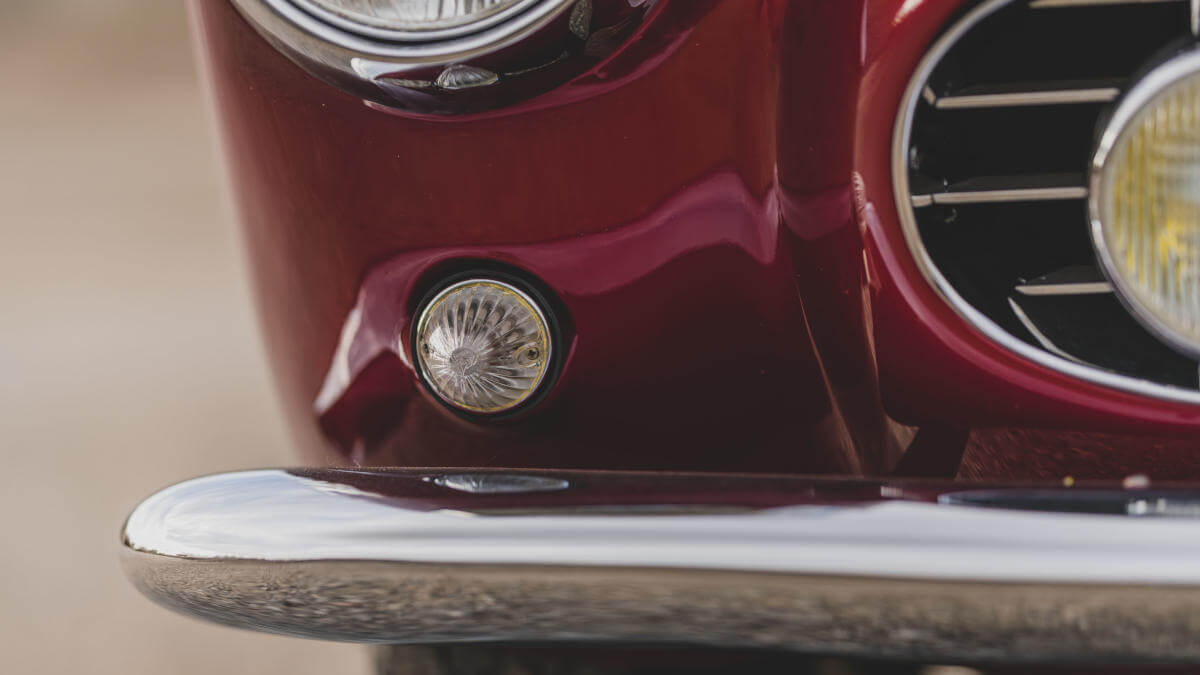







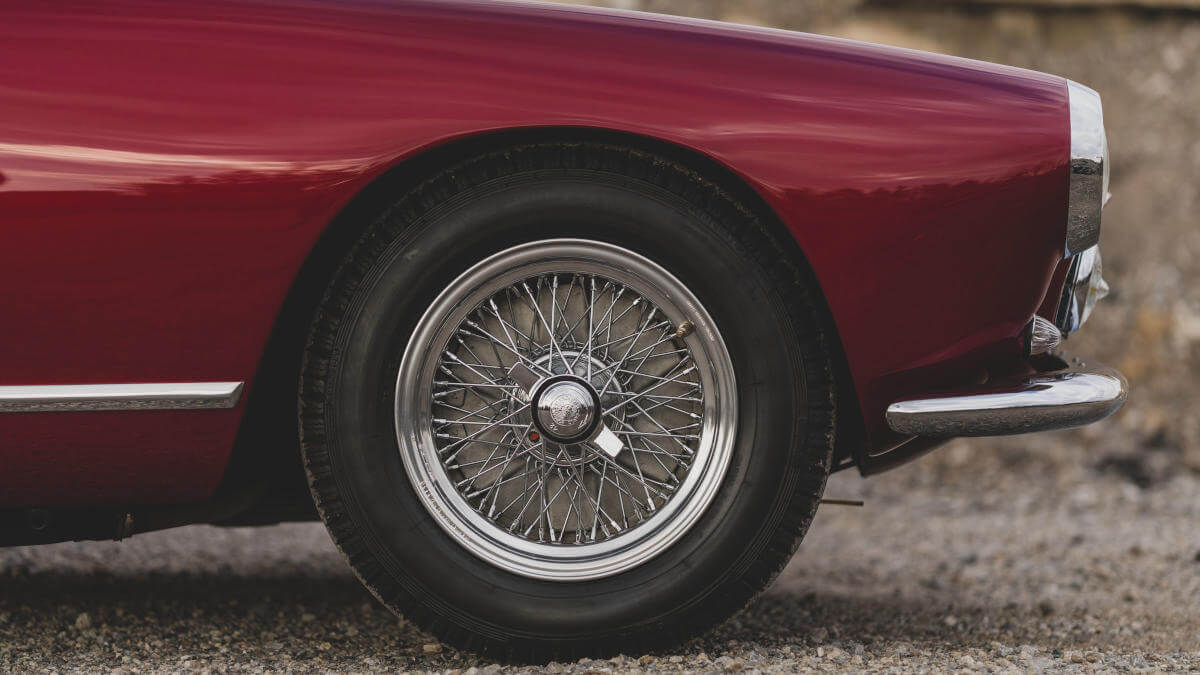



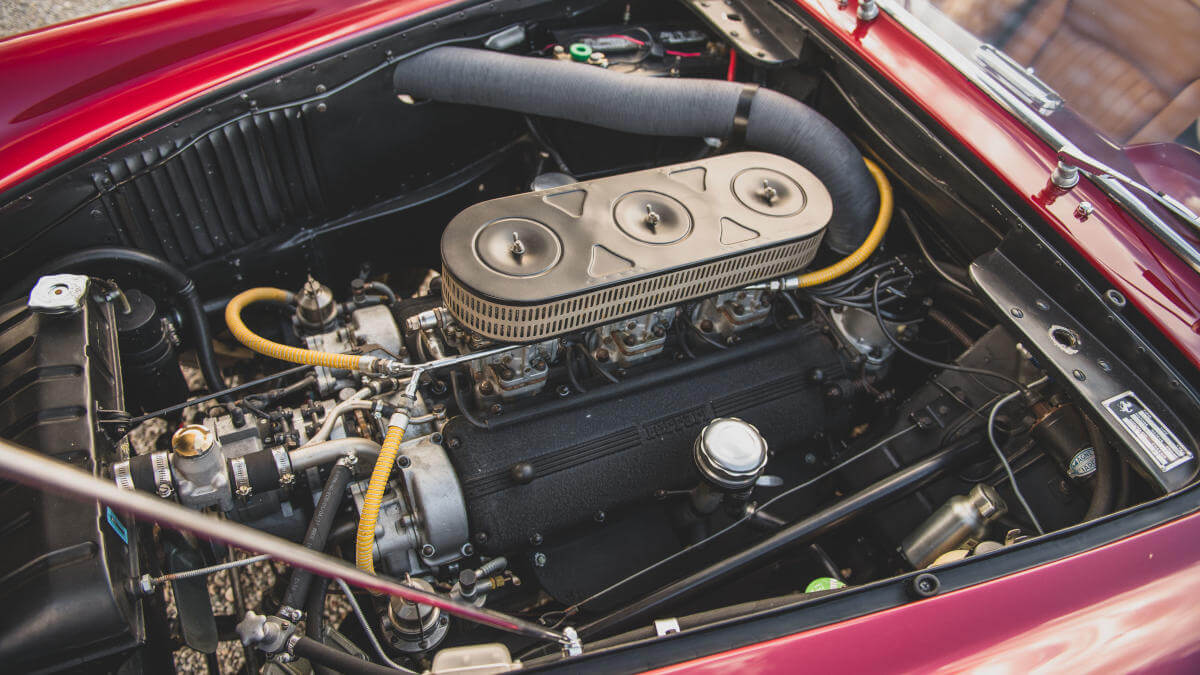



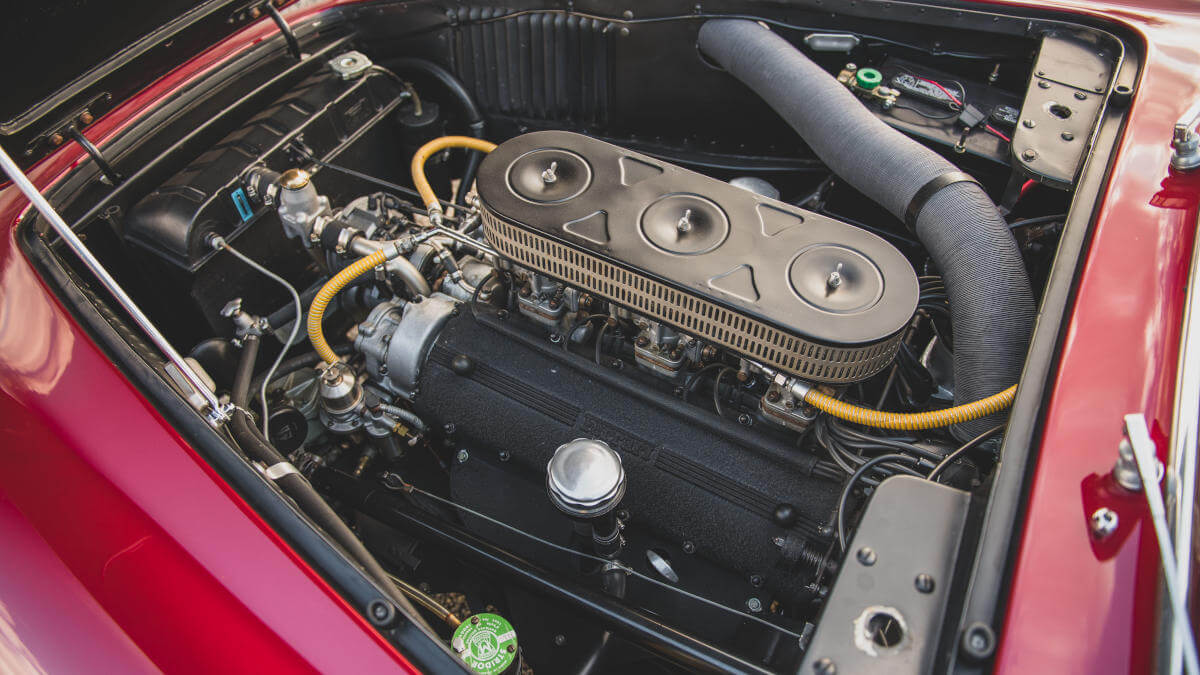















Boano became Ellena
As a special design, the Ferrari 250 Boano was available with an aluminium body on request. Altogether only 14 lightweight cars were produced. In the summer of 1957 Mario Felice Boano took over the post of chief designer of the Fiat Centro Stile. He sold his own company to his son-in-law Ezio Ellena, who continued the production of bodies for the Ferrari 250 under his own name. After five examples with the old Boano shape, the roof line was raised by five centimeters and another 44 cars followed. In 1958, the new Pinin Farina production halls were ready, and Ellena’s body production for the Ferrari 250 was ended.




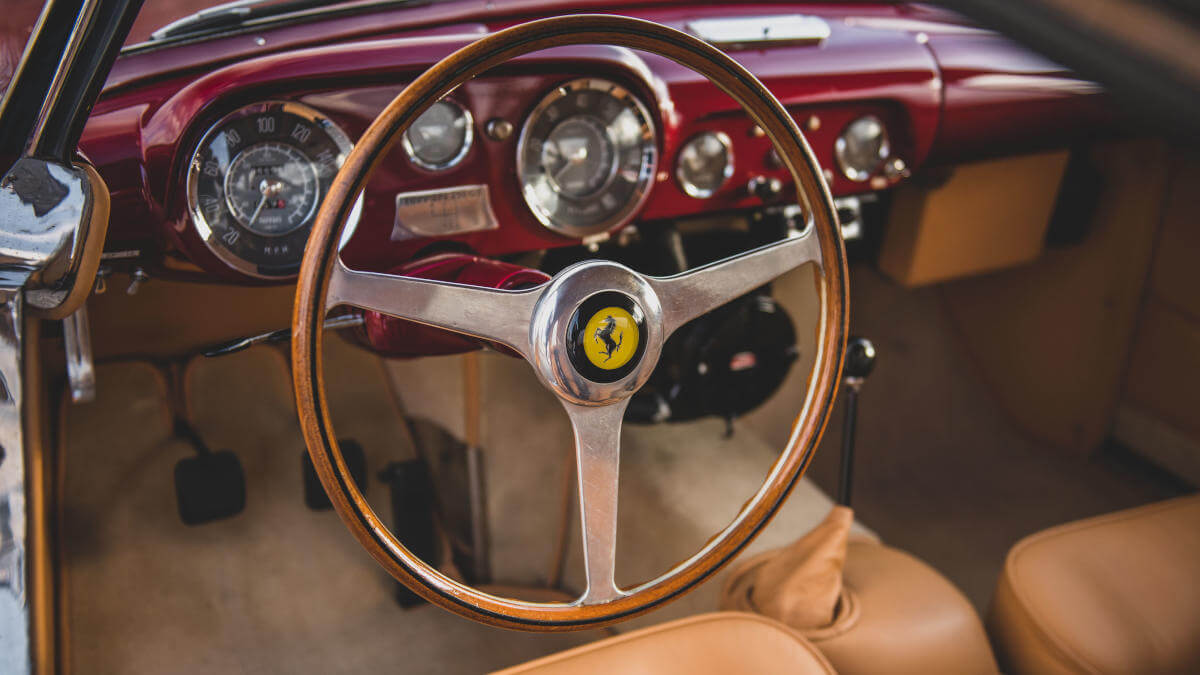







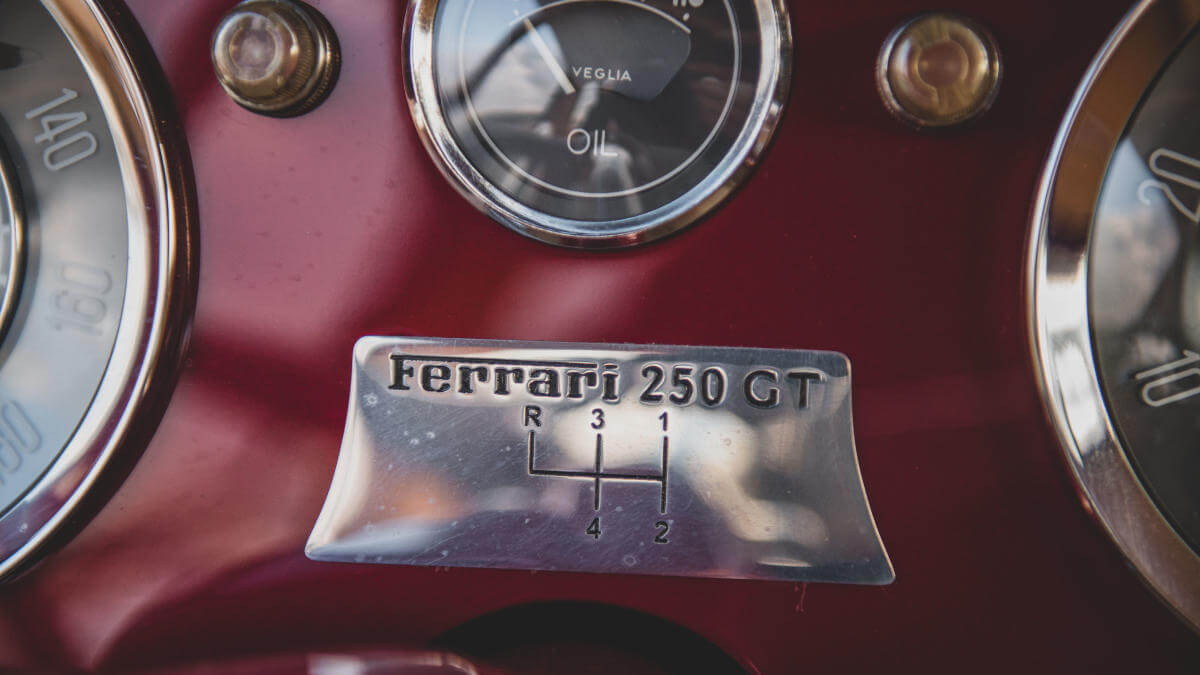



















Rare aluminium version at RM Sotheby’s
RM Sotheby’s offers a Ferrari 250 Boano with aluminium body in January 2021. Chassis number 0613GT left the Ferrari factory in early November 1956 as rolling chassis for Boano. In mid-January 1957, the car in returned to Maranello with Burgundy paint for completion. It then went by sea to the US importer Luigi Chinetti in New York and on to the first owner. His name was George Arents, a tobacco tycoon and later the founder and financier of the North American Racing Team (N.A.R.T.). Only one year later he sold the sports car to the racing driver Bob Grossman. A few months later the car went to Len Potter, who had it repainted in dark red. Together with Grossman he entered the Ferrari for the fifth annual International Bahamas Speed Week 1958.
From England to Japan and the USA
There they won a class win at the Five-Lap Tourist Trophy, a podium place at the 25-Lap Tourist Trophy and sixth place overall in the ‘All Ferrari’ race. More racing followed in 1959. The following year the 250 Boano went to the UK, where it changed hands several times until the early 1980s. In 1985 David Cottingham and his company DK Engineering carried out an extensive restoration. In the course of this the car received a paint job in Rosso Corsa with interior in beige leather. After the work was completed in 1986, a Japanese collector bought the Ferrari and kept it until 2002, when the classic sports car returned to the USA.
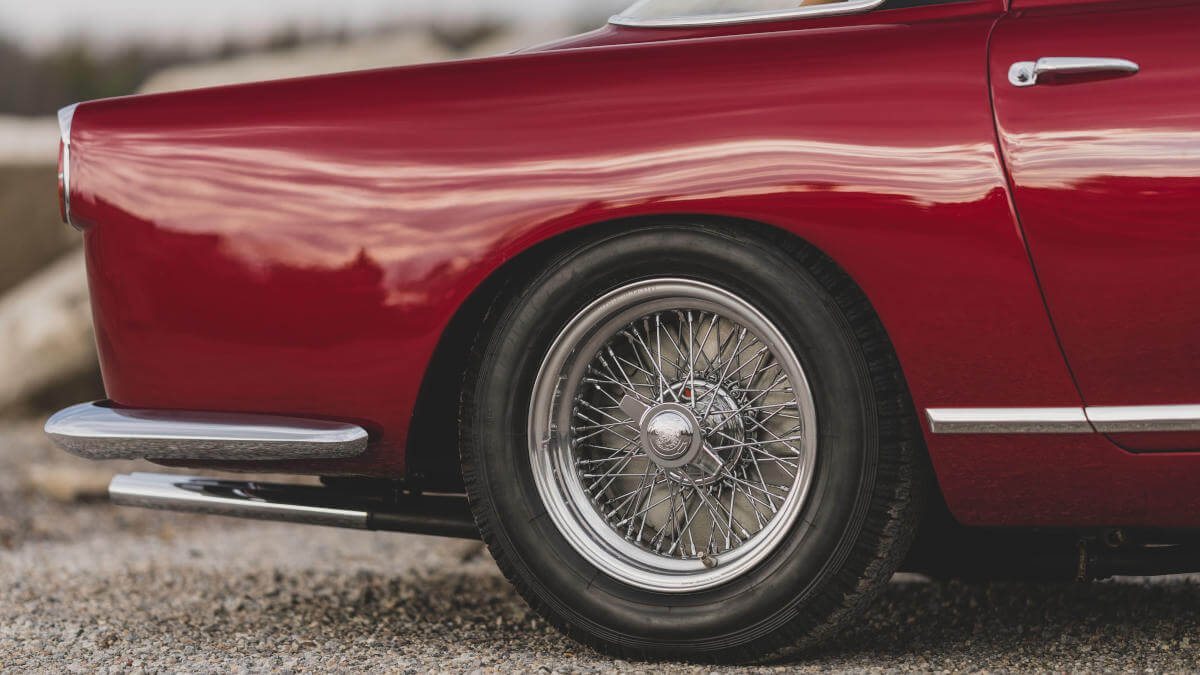



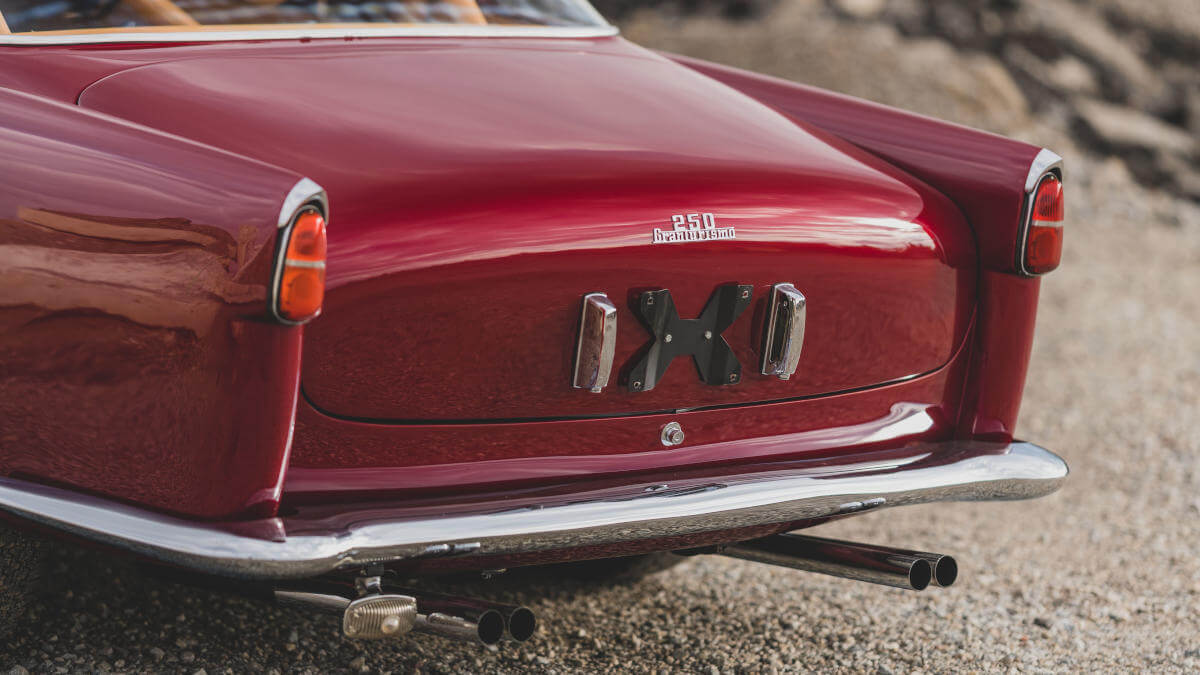











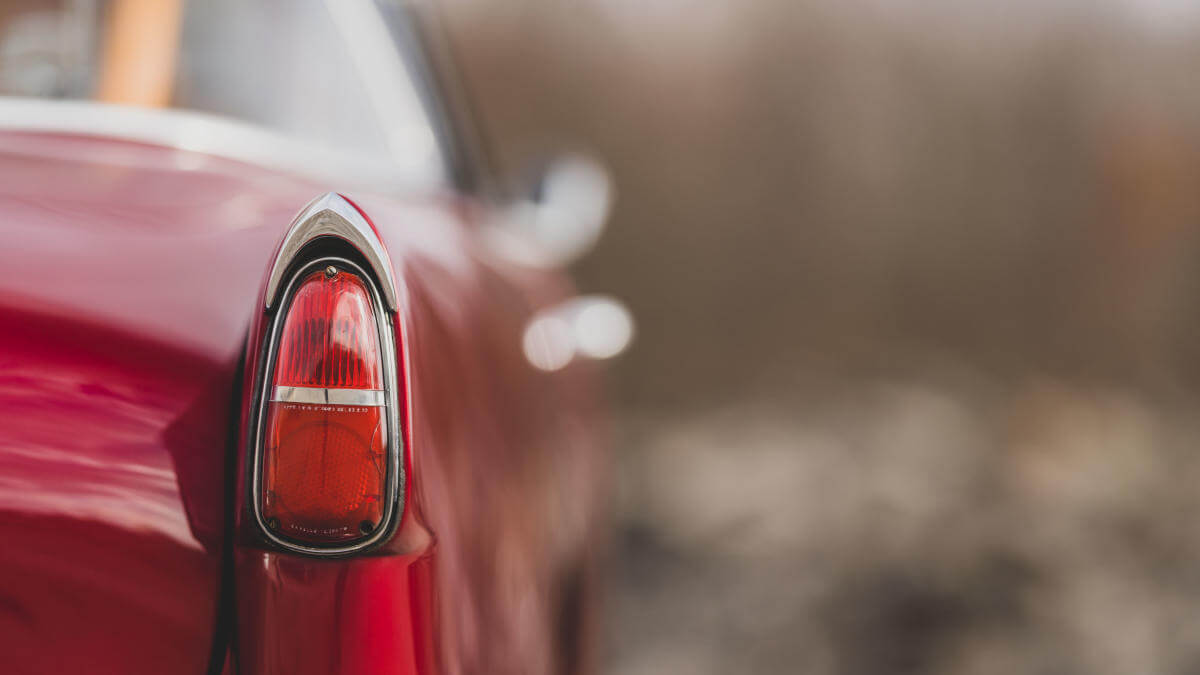



















In 2016 auctioned by Gooding
Two years later, the owner there had a reworking to Concours-state done by Fossil Motorsports. This was rewarded with a Gold Award at the FCA International Concours d’Elegance in Monterey in 2004. In 2007 a collector from Fort Lauderdale/Florida took over the 250 Boano and covered the 1,000 miles of the Colorado Grand tour without any problems. The following owner in Chicago not only changed the color to the two-tone paint in dark red with black roof and installed a rollbar with headrests attached to the bar. In addition, this collector took part in many events with the Ferrari and invested more than 200,000 US$ for maintenance work. Via the auction house Gooding & Co. the sports car 2016 reached its current owner for 1,485,000 US$. Now it is offered again through RM Sotheby’s. No information has been provided yet on the estimate.
Images: RM Sotheby’s, Darin Schnabel




